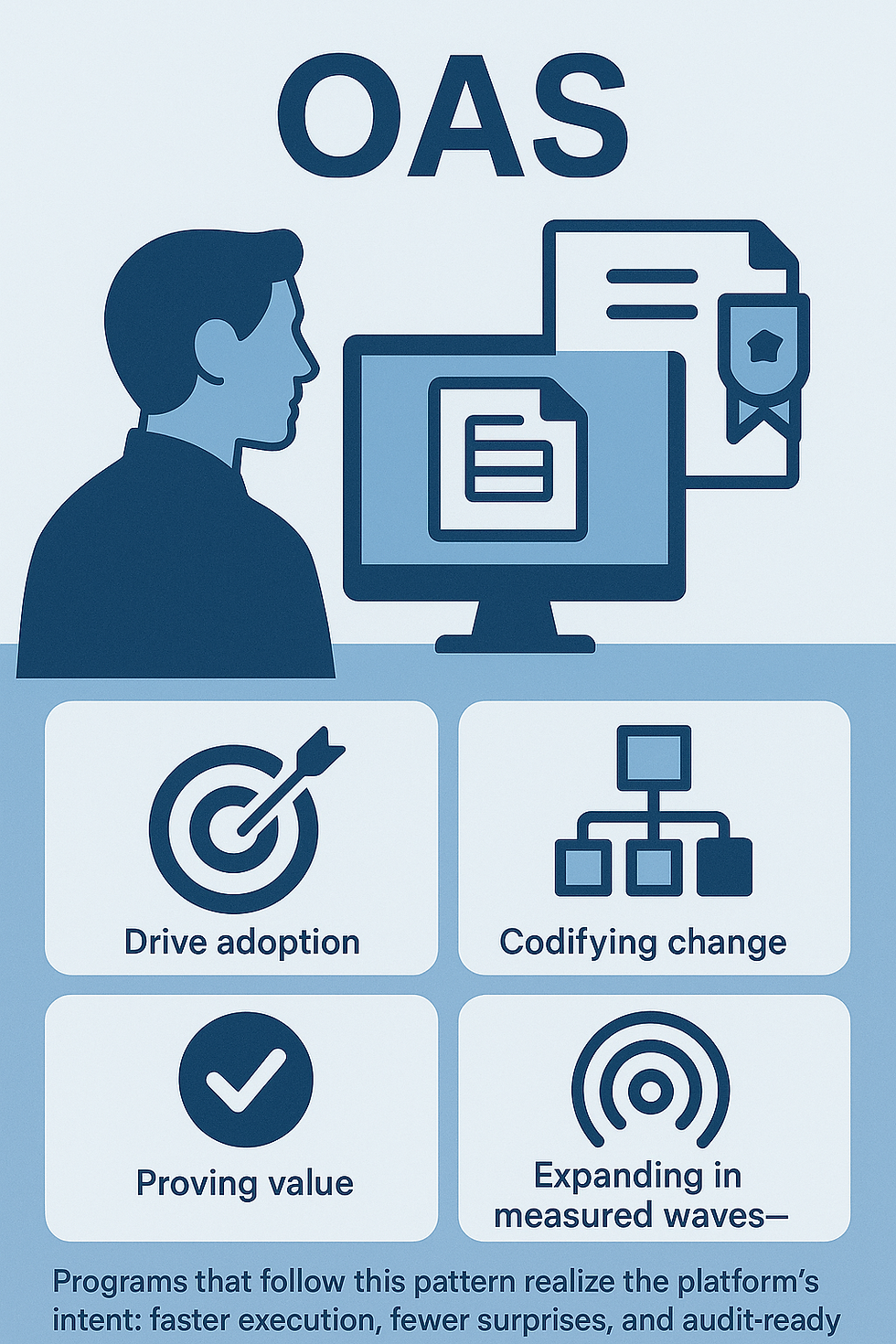Projects: Defining the Goals
- Mark Beninger
- Mar 6
- 2 min read
Defining the Project Goals
When embarking on any project, one of the first and most critical steps is the initiation phase, where the foundational goals of the project are defined and aligned with the broader strategic vision. For organizations who need to utilize sophisticated project management systems, Open Acquisition System (OAS), defining project goals at this stage takes on even greater significance. OAS is a robust framework designed to streamline the procurement process, ensuring transparency, efficiency, and accountability in acquisitions. By clarifying the project goals early in the project initiation process, organizations can better ensure that the project remains on track, meets stakeholder expectations, and delivers measurable outcomes.

The Role of Defining Project Goals in the Initiation Process
Project goals serve as the guiding principles that define what the project is set to achieve and provide benchmarks for measuring progress. The initiation phase is where these goals are first articulated and formalized. In the context of OAS, defining the project goals early in the process is crucial for several reasons:
Establishing Clear Direction: At the outset, project goals give a clear direction for all team members and stakeholders. OAS enables stakeholders to define these goals in a centralized platform and application, ensuring all relevant parties are on the same page from day one.
Ensuring Alignment with Organizational Strategy: A well-defined set of project goals ensures alignment with the broader organizational strategy. Within the OAS framework, project goals can be easily traced back to the strategic objectives of the organization, ensuring that the project contributes meaningfully to long-term goals. This alignment is critical in ensuring that acquisitions and procurement decisions are made in a way that supports the organization’s mission and vision.
Managing Stakeholder Expectations: Defining the project goals at the beginning sets the tone for stakeholder engagement throughout the life cycle of the project. With OAS, stakeholders have an easy applications for communication and can view and update project goals in real-time. Clear, shared goals help manage expectations and reduce ambiguity, which can be a source of friction down the line.
Establishing Measurable Success Criteria: Clearly defined goals provide a foundation for establishing measurable success criteria. OAS integrates tools for monitoring and evaluating progress, making it easier for project managers and stakeholders to track performance against the set goals. By identifying these criteria
Finalizing and Documenting the Goals: Once the project goals have been refined and agreed upon, they are documented within the OAS platform. This documentation serves as a formal record and acts as a point of reference throughout the life cycle of the project. This allows these goals to be easily accessible and shareable, ensuring that everyone involved has a clear understanding of the project's objectives.


